Emilio Estefan hopes his next hit is a Smithsonian Latino museum on The Mall in Washington
- Oops!Something went wrong.Please try again later.
MIAMI BEACH — Music mogul Emilio Estefan could easily spend his days collecting lifetime achievement awards and tallying royalty earnings from movies and albums. Instead, Estefan has joined an ambitious and quintessential American cause, building a monument on The Mall in Washington, D.C.
Estefan is a trustee of the proposed $1 billion Smithsonian National Museum of the American Latino. He is part of an 18-member, star-studded board that includes political and business leaders, as well as actresses Eva Longoria and Sofia Vergara. Their task: Raise $500 million from private donors that would then be matched by Congress.
"This is the biggest tribute to the American Dream, to showcase that we live in an incredible country," Estefan said during an interview last month at the L'ATTITUDES Latino conference at which the museum venture was featured on the agenda. "I am so proud of the Latinos, the immigrants and the next generations, they can and have accomplished so many beautiful things."
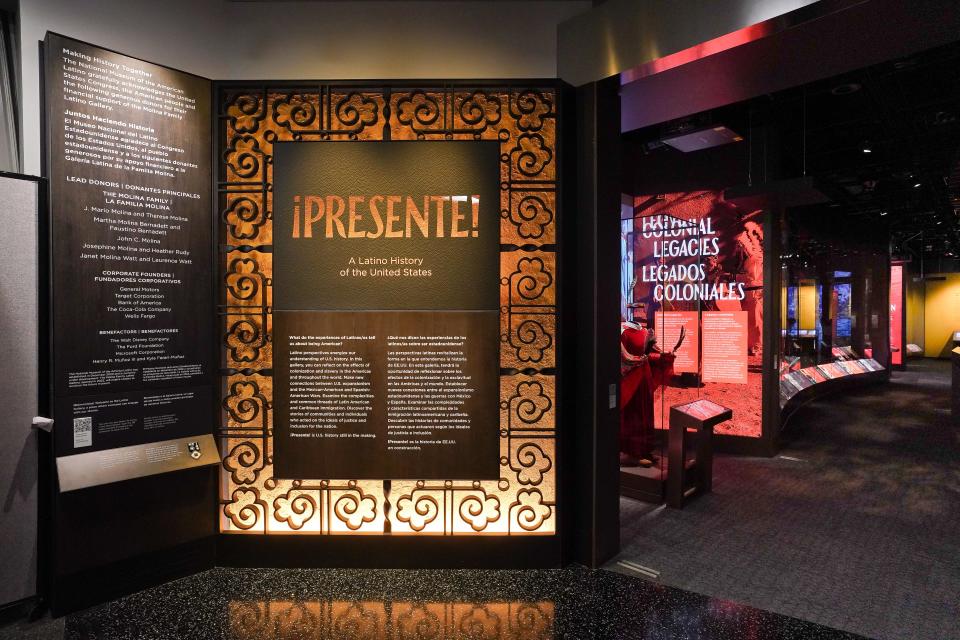
American Latino museum needs money from Congress at a complicated political moment
But the Smithsonian ode to Latinos and their immigrant experience in America requires substantial money from Capitol Hill at a crossroads juncture in U.S. politics.
The polls-leading Republican candidate, former president Donald Trump, has ratcheted up his rhetoric demanding stricter immigration enforcement by saying people crossing the U.S. Southern border are "terrorists," coming from prisons and insane asylums and bringing untold diseases with them. He also employed phrasing that critics claim parallels Nazi wording in saying: "It's poisoning the blood of our country."
That's a sharp contrast from the previous standard bearer for GOP politics, Ronald Reagan, who signed amnesty legislation. In his last remarks as president in January 1989, Reagan lauded immigration as the source of "American uniqueness" in noting the country draws "immigrants from every corner of the world." Those "waves of new arrivals," he said, enriched the country, kept it "forever young" with "new ideas."
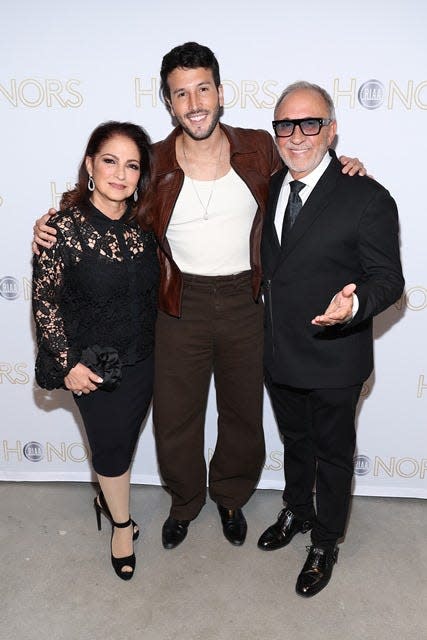
Estefan said he believes the museum is necessary to recognize not just the "talent" that U.S. Latino stars have demonstrated but the overall success of the diverse Hispanic communities in America. Despite "a lot, ups and downs" faced by generations of immigrants from this hemisphere, he said, they and their descendants have endured, overcome and succeeded.
The triumphs worth telling go far beyond the stories of those who have risen to executive corner offices, or become cultural icons or sports heroes, Estefan emphasized. They include the achievements of a vast number of Latinos who are part of the day-to-day lifeblood of America in running businesses, raising families and leaving their legacies of civic contributions.
"There's nothing better than to tell their history," he said. "These stories need to be told. And I think people are going to be blown away by them."
American Latino Museum project envisions large facility on The Mall in Washington
Conceptually speaking, current plans for the National Museum of the American Latino envision a 350,000 square-foot facility with 125,000-square feet of gallery space — slightly more than the 105,000 square-feet in the National Museum of African American History and Culture.
Congress approved legislation to push the project ahead in December 2020, tasking the board that includes Estefan with the fundraising goal and giving them the green light to scout sites on The Mall.
It also created the position of founding director to spearhead the venture. The post was filled in February 2022 by Jorge Zamanillo, an archaeologist by training and former executive director and CEO of HistoryMiami Museum.
Zamanillo, who was born in New York but grew up in Miami, said the goal of this "once-in-a-lifetime opportunity" is to bring the project to completion in the early 2030s.
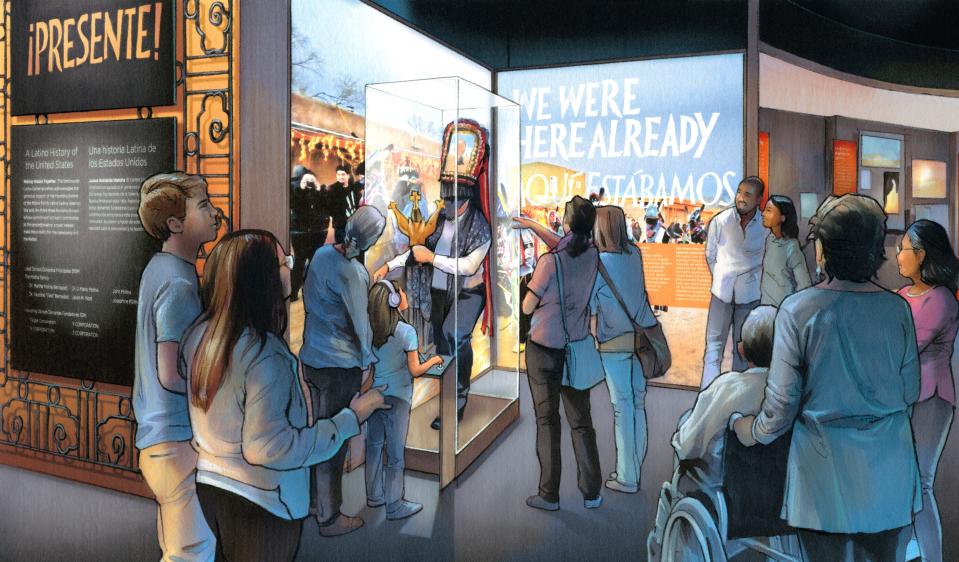
"It represents who we are and everything it means to be a Latino in the United States," Zamanillo said. "For the first time we will have physical space on the National Mall, and that's really important for us."
The to-do list right now is lengthy, as the project has to hire architects, designers, consultants and curators, he said.
The most important work, he added, is to collect artifacts in the field as well as oral histories to tell the Latino story of the past and present in a variety of areas, from the military to history to culture to art.
"We want to talk about struggles and resiliency and how we got here in 500 years of history in this nation," said Zamanillo, who is of Spanish and Cuban ancestry. "But we also want to tell stories about our achievements and our legacies and where we are today and how we got here."
Hispanic Heritage Month: Amid intense fight over immigration, group issues report on U.S. Hispanic economic power
American Latino museum aspires to tell stories of everyday successes
Zamanillo echoed Estefan's call to tell the story of people that the general U.S. population does not always hear about. To that end, Zamanillo told an anecdote from his days at HistoryMiami, which he joined in 2000.
Zamanillo came across a wallet with a man's identification card and a photo of a young girl. The items had been retrieved from an unoccupied Cuban refugee raft that had washed up on U.S. shores more than a decade before. Intrigued, Zamanillo said he probed and found the wallet's erstwhile owner, who was living in Miami.
The Cuban refugee told Zamanillo how he had painstakingly built the raft while working at an auto body shop in the vicinity of Havana, discreetly taking home each day a part needed for the craft's assembly.
Once finished, the man and a couple others set out to sea, only to have the makeshift vessel's engine fail.
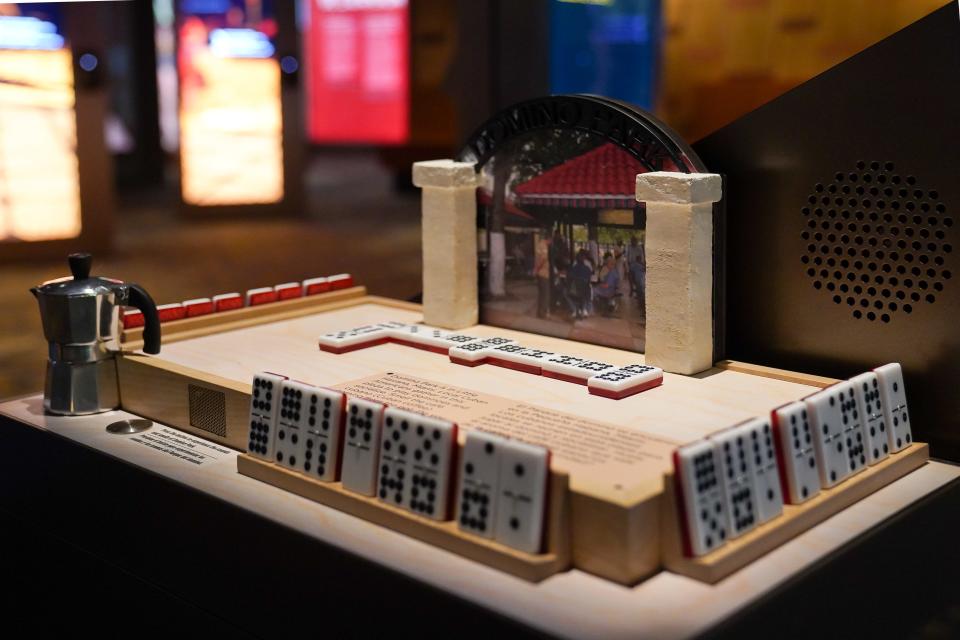
Eventually, the group was rescued by a Scandinavian freighter and brought to the United States. The wallet had been left behind on the raft, tucked in a corner, from where it was found and stored at the Miami museum. In short time, Zamanillo found out, the man had not only started his own automotive business in Miami but also had been joined by his family, including his daughter, the young girl in the photo.
"That's just one simple story about how one little wallet can really make such a powerful connection and tell such a powerful story about what we are trying to do," Zamanillo said. "We are trying to tell these powerful stories about being an American Latino, being in the United States, sharing experiences, things that bring us together and things that unite us."
The man in that story was from Cuba, but Zamanillo said there are untold stories, just as inspiring, of people from Argentina, Mexico, Colombia, Puerto Rico and the rest of the Americas. And his team wants to hear them, he said.
"Trust me, we will get to you," Zamanillo said. "Our museum will create that identity of what it means to be an American Latino."
Estefans also tell a success story of endurance and commitment to ethnic roots
The Estefans told their own success story, which required enduring hardship but a commitment to "stay true to who to you are," Gloria said.
The singer and actress recalled the early days of her group, the Miami Sound Machine, and the struggles they encountered as radio stations wouldn't play their songs and producers sought to alter their beat.
"They tried to water us down a million times," she said. "They thought if we watered down who we we were, then we would appeal to more people when it was the opposite. We stood out because people were hearing something fresh. We were giving people something that they hadn't heard before."
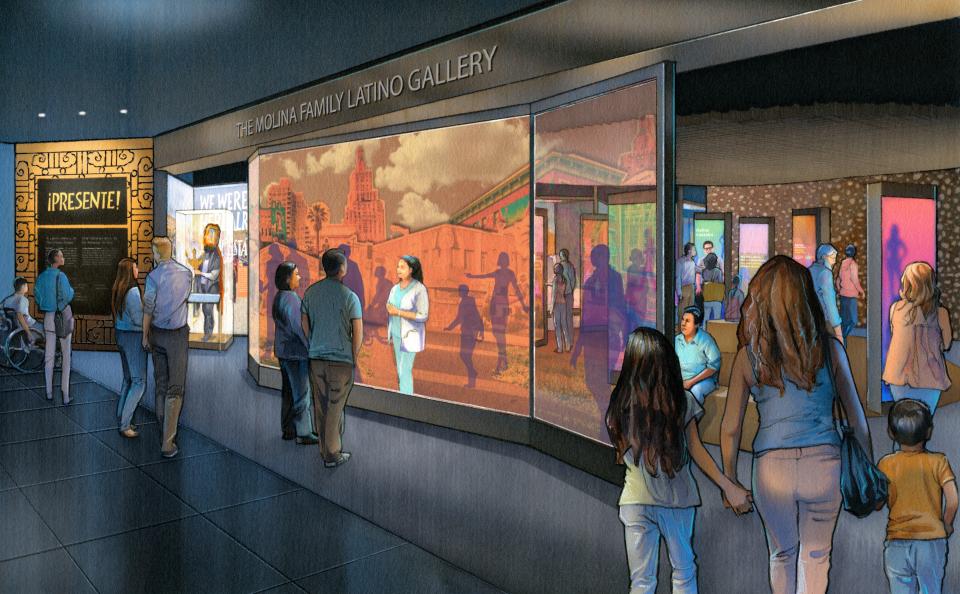
Emilio Estefan told a similar anecdote that took place even after he, Gloria and the group were megastars — the dismissive attitude in the music industry when he first pitched a network about airing an awards show solely in the Latin genre.
"They told me that would never happen," Estefan recalls when he tried to explain why an awards show that distinguished excellence in salsa, merengue and other Latin musical genres would be a hit.
Estefan said the network would only carry the show if he and others financed it. They came up with the money, and the Latin Grammys were born.
"Now, today, you have double the ratings for the Latin Grammys," he said, noting that Latin music sales will top $2 billion this year.
But more important than of all of this, he said, is the hug he got from a grandson.
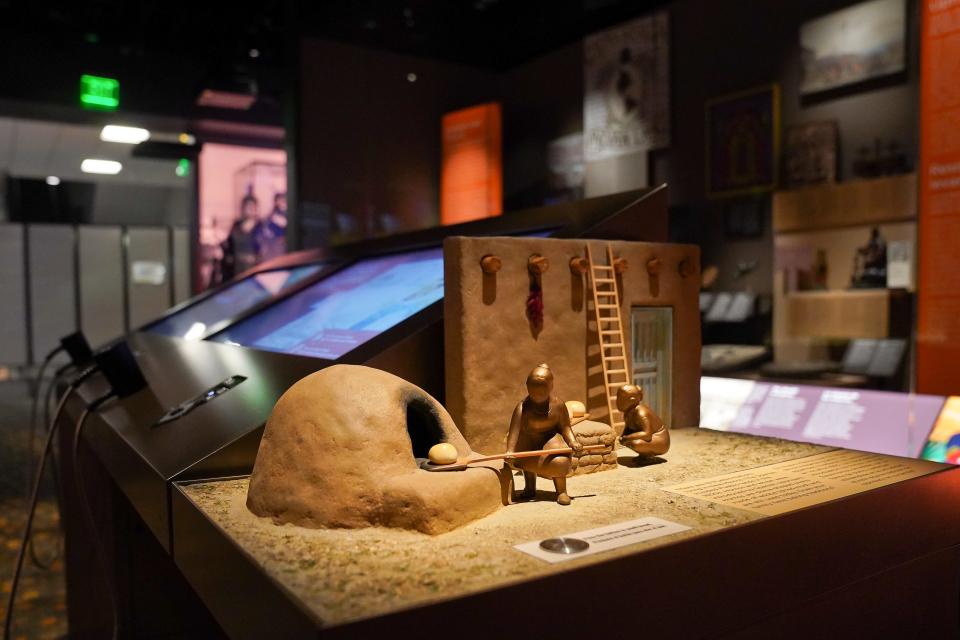
Yes, Estefan said his clothes, glasses and musical instruments are at the Smithsonian museum. That recognition helps balm difficult memories of "very hard times" he and Gloria endured in their music career, including not having money for Christmas gifts for their children,
"But when my grandson told me he was proud of me, that was a beautiful thing, a beautiful moment," he said. "You work your whole life and you want to leave a legacy for your kids. That's a common story. That's what unites us. That's why those stories have to be told. They inspire people."
Antonio Fins is a politics and business editor at The Palm Beach Post, part of the USA TODAY Florida Network. You can reach him at afins@pbpost.com. Help support our journalism. Subscribe today.
This article originally appeared on Palm Beach Post: Emilio Estefan raising money, awareness for Smithsonian Latino museum

